Fiery Bouquets: Exploring Japan’s Fall Flowers
Brighten Your Table And Autumn Garden
As the heat of summer wanes, fall brings a fresh batch of flowers to gardens across Japan. Read on below for five of the most representative blooms of the island nation’s autumn days.
Fall bouquets in Japan are bursting with bright and fiery color, heralding the changing of the leaves that sets the nation awash in reds and golds. Whether the true autumn chill comes earlier in the season, as for northern Japan, or later, as in the south, flowers that flourish in the fall will soon adorn gardens across the country from September to November.
Here we introduce five beautiful blooms, symbolic of the season, that are on their way to the florists, parks and gardens in your neighborhood. Why not dive into one of Japan’s most comfortable seasons with a new gardening project or table display? After all, it’s the season to spend some time in the great outdoors without the unrelenting heat of summer or the chill of winter. Just be sure to shield your precious plants from the winds of passing typhoons!
1. Japanese Gentian
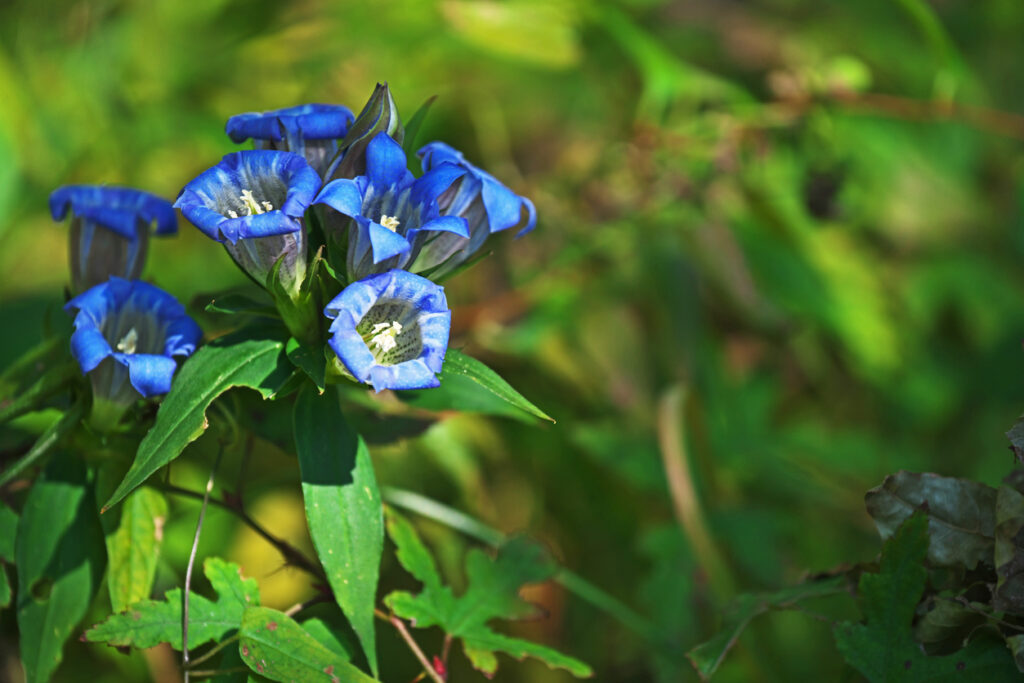 © Photo by iStock: igaguri_1
© Photo by iStock: igaguri_1Rindou or Japanese gentian (Gentiana scabra) are characterized by their softly nodding blossoms and violet or blue coloring. These plants typically grow in temperate climates, so they enjoy the cooling autumn temperatures in Japan and will flower throughout the fall season. Rindou are indigenous Japanese flowers, which grow wild across the country predominantly in mountainous areas, and historically had medical uses in east Asia.
Rindou are perennials that will bloom for weeks, adding pops of cool color to your garden. They grow in sunny spots and will continually grow and expand so you can easily cut and divide the plants, placing them in several pots in your garden. They prefer dryer soils and are relatively drought resistant, especially when covered with a layer of mulch or rich compost. Bees and butterflies are attracted to these flowers.
2. Cockscomb
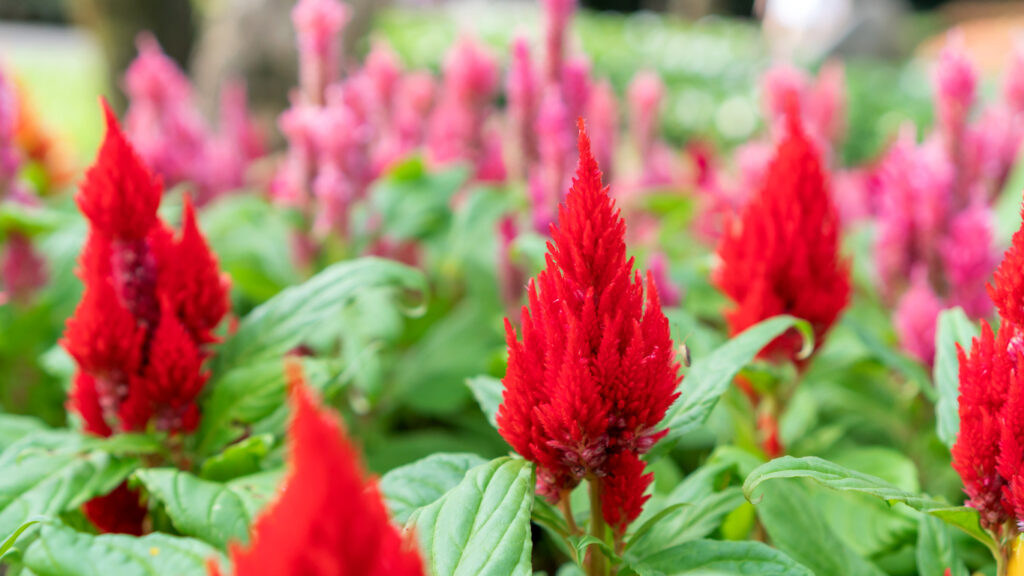
Keitou or cockscomb (Celosia), get their name in both English and Japanese due to their resemblance to a rooster’s comb. Their distinctive blooms are bright magenta in color and can have a soft velvet-like texture that remains even when the flowers are dried, making them excellent additions to dried flower bouquets. In the garden, they will continue to bloom into November while some early varieties will even start their flowering cycle in June, making them a near-constant in your summer-fall arrangements.
To grow these flowers be sure to plant them in rich loamy soils that have good drainage. They do need plenty of sun and warm temperatures to grow and will continually flower if spent blooms are removed regularly. They are generally pest and disease-resistant, but fungal infections could pose an issue if planted in too much shade or overwatered. Cockscomb do best with monthly fertilizing. When planted in pots with good drainage, they will grow happily in a balcony garden as well as in the ground.
3. Red Spider Lily
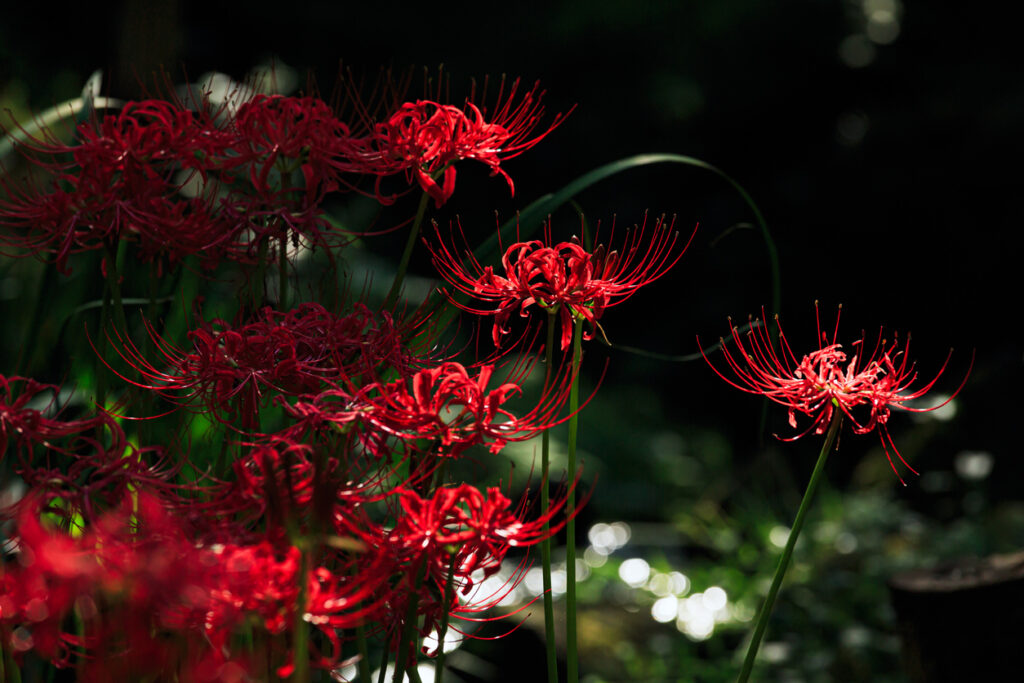 © Photo by iStock: Wako Megumi
© Photo by iStock: Wako MegumiWhile dormant during the summer, manjyushage or red spider lily (Lycoris radiate), will burst into bloom during early fall. These flowers are characterized by their tall stalks and vibrant red tendril-like blooms. The blossoms last for about two weeks and gradually fade from bright red to light pink hues. Some caution must be taken with these plants as they are mildly toxic to humans and pets so remember to place them in a safe location.
Red spider lilies are perennials that enjoy full sun to partial shade and sandy and well-drained soil. These plants will do poorly if moved frequently so once you plant their bulbs be sure to keep them in the same location.
4. Cosmos
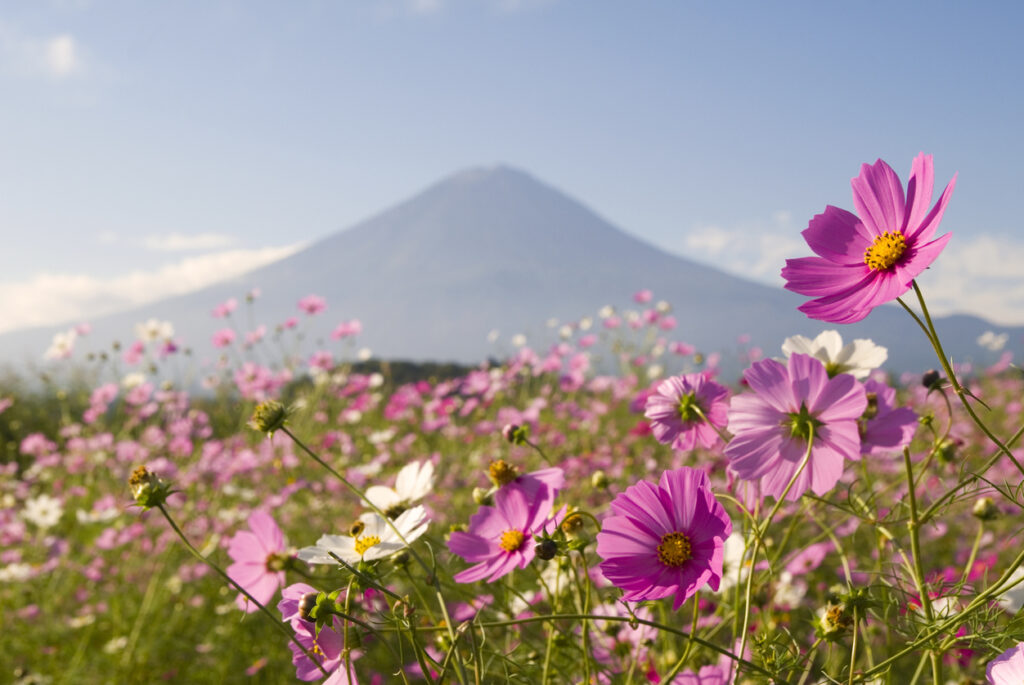 © Photo by iStock: Rawpixel
© Photo by iStock: RawpixelWith kanji characters translating to “autumn cherry blossoms,” cosmos (or cosumosu) are vividly colored flowers often seen as the prime representation of fall in Japan. They usually bloom in September and October; however, some early varieties begin flowering in the summer as well. Cosmos are lovely as cut blooms and those bought from a florist will likely last nicely on your table. When cutting them yourself, snip the tender stems at an angle at a leaf node, where the larger leaves grow from, and watch them branch out and create more flowers! Also, be sure to trim the many little leaves on the lower stalks to reduce potential rot as well as contribute to its beauty as a stately bouquet.
Cosmos are easy to grow and care for since they do not need any specialized soils or regular fertilization. Plant their seeds in a pot or garden bed in full sun, water thoroughly until they are well established and watch them grow! They prefer dry soils and are drought resistant which allows them to easily weather hot Japanese summers. Some varieties can grow very tall, up to 150 centimeters, so plan to either stake the plants or shelter them from strong winds. For regular blooming, make sure to deadhead regularly.
5. Chrysanthemum
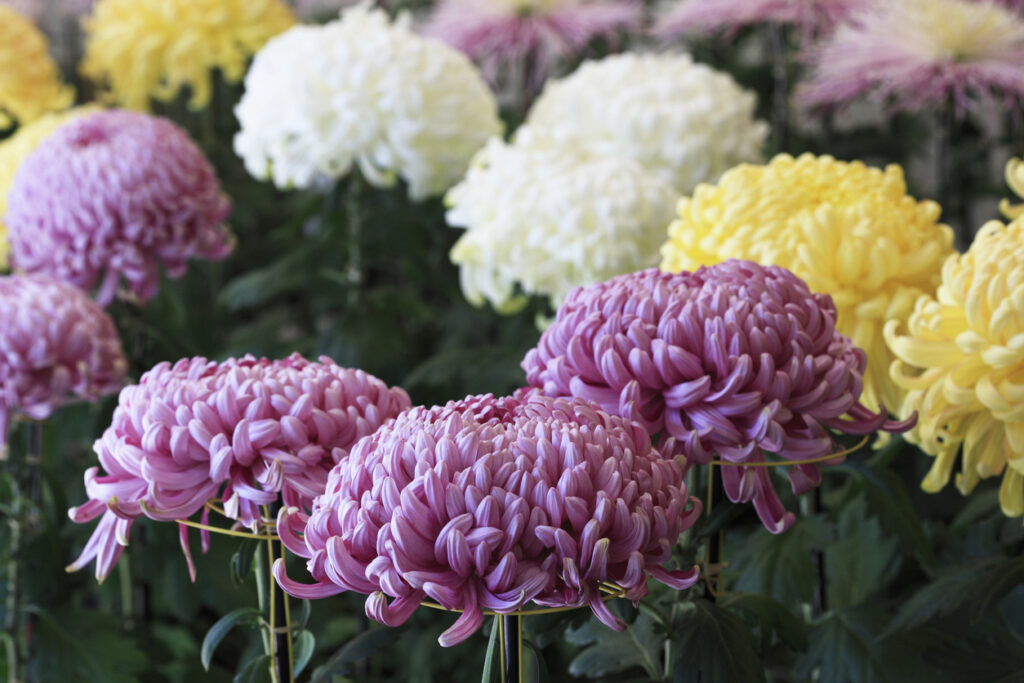 © Photo by iStock: gyro
© Photo by iStock: gyroKiku or Chrysanthemums, known as “mums” for short, came to this country via China and were fashionable in the Imperial Court as early as the Heian period (794-1185). Since then, chrysanthemums have been considered culturally and historically important in Japan as a representation of agelessness and immortality and as the iconic emblem of the Emperor and Imperial Family. As such, chrysanthemums are also the central symbol on Japanese passports and diplomatic buildings and adorn Shinto shrines.
Chrysanthemums are robust herbaceous perennials that provide wide coverage and extensive blooms from September to November. If you plan well and buy these plants in the spring, allowing them to settle into their home, by fall time, they will bloom spectacularly. Kiku prefer rich and moist soil so take care to prepare your pots or gardens with compost and fertilize them regularly. Be aware that mums are mildly toxic for pets and should not be consumed. Plant chrysanthemums in full sun for best results, but they will also grow in partial shade.
Autumn is a lovely time to be outside in Japan, enjoying the crisp breeze and the cooling temperatures. Plant the five blooms above and watch your fall garden be set ablaze in brilliant colors from September to November. Good luck getting your hands dirty!















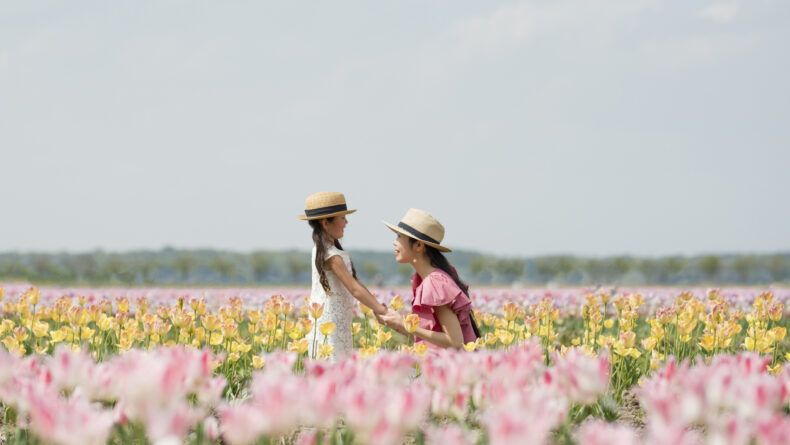
Leave a Reply